How much countries really spend on healthcare and how the UK compares
The per capita medical expenditure for 30 key nations

kovop/Shutterstock
Public and private healthcare spending varies wildly around the world. While some countries barely spend a couple of hundred US dollars per person a year, others are prepared to lay out thousands.
In fact, you might be astonished to discover that the nation splurging the most on public healthcare doesn't even provide universal coverage – but more on that later...
Read on to discover how much 30 selected countries spend per capita on healthcare, ranked from the most modest to the biggest spenders. Plus, get the lowdown on the healthcare systems that offer the best and worst value for money. Per capita expenditure figures are via the Organisation for Economic Co-operation and Development (OECD), unless otherwise stated. All dollar amounts in US dollars and currency conversions correct for the time.
India: $212 (£168)
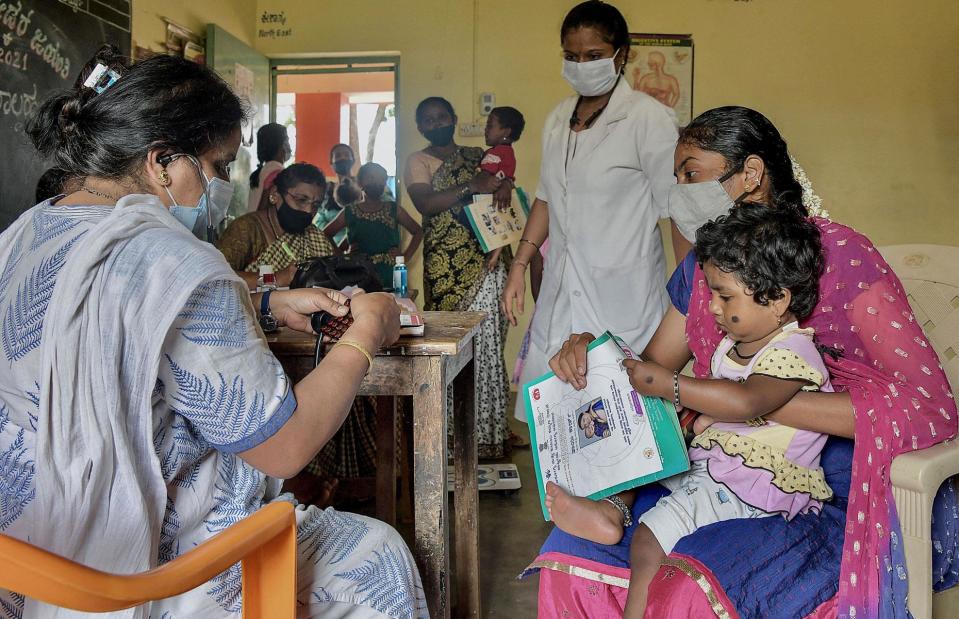
MANJUNATH KIRAN/AFP via Getty Images
Burundi officially has the world's lowest per capita healthcare spend, coming in at a feeble $16 (£13) back in 2020. The lowest-spending country on our list, however, is India, which spends significantly more – although its medical expenditure has still been described as "woefully insufficient" by Indian news site Business Today.
India's outlay amounted to $212 (£168) per person in 2022. Representing around 2% of the country's GDP, this sits well below both the global average of 7% and the OECD average of 9.2%. The nation has just 0.6 doctors and 0.9 hospital beds for every 1,000 people.
Public healthcare, which is free and available to all citizens, is patchy and severely underfunded. While private provision is relatively cheap and of reasonable quality – India is a major hub for medical tourism as a result – costs are onerous for India's poor, who often have to choose between going without or falling into debt to access private healthcare.
Unsurprisingly, diarrhoeal diseases, which are easy to prevent, remain a significant cause of death in India, particularly among women.
Indonesia: $405 (£321)

Mohammadridwan/Shutterstock
Even though it's almost double the amount, Indonesia's health spending isn't much better than India's. At $405 (£321) per capita, it works out at around 3% of the nation's GDP, and there are just 0.7 doctors per 1,000 people.
Indonesia is edging towards universal healthcare, with the government recently introducing a new system in the nation's hospitals that should improve standards going forward.
That said, out-of-pocket spending remains comparatively high, as the country's Jaminan Kesehatan Nasional (JKN) health insurance scheme rarely covers the full cost of medicines and medical procedures.
China: $979 (£777)
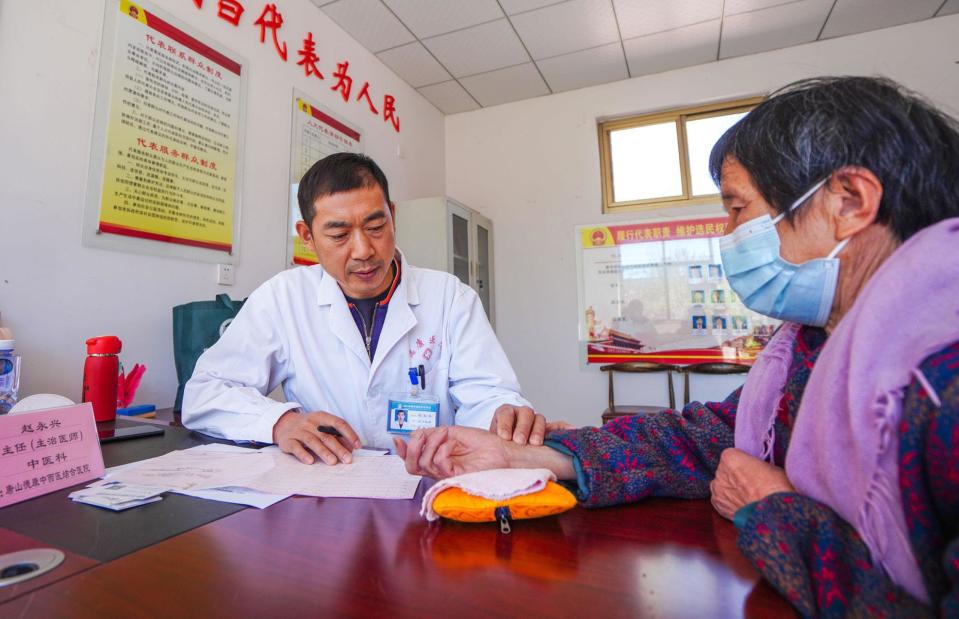
YongXin Zhang/Alamy
China's healthcare spend per capita stood at $979 (£777) in 2022, which equates to 7.1% of the country's GDP. This is around the global average, with the nation having drastically increased its healthcare spending in recent years.
While you might expect a communist country to provide universal health coverage, the People's Republic has yet to achieve this. However, 95% of the population is covered by the publicly funded basic medical insurance scheme and two voluntary insurance schemes. These are supplemented by private healthcare plans and charitable donations.
While China's healthcare system scores well in the international rankings, provision is still poor in rural areas and services are being cut back in cities, with local governments grappling with smaller budgets as a result of the country's floundering economy.
Mexico: $1,181 (£937)
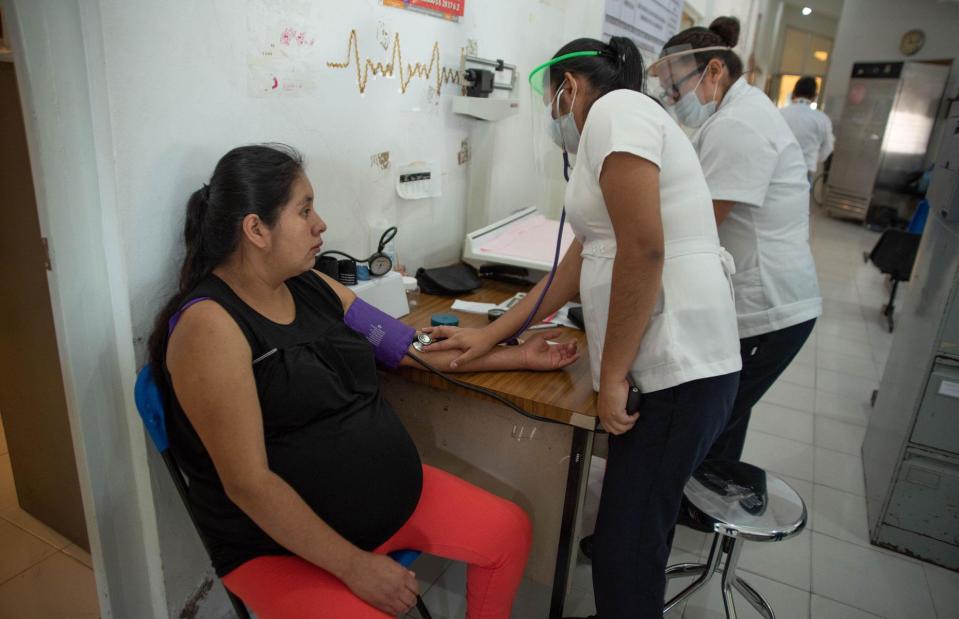
ZUMA Press, Inc./Alamy
Mexico's healthcare spending per capita reached $1,181 (£937) in 2022. The Latin American nation devotes around 5.5% of its GDP to healthcare, which is well below both the global and OECD averages, and it also has a low number of doctors (2.5) and hospital beds (1) per 1,000 people.
That said, its hospitals are still of a relatively high quality, with most adhering to the same standards as their US counterparts. Mexican citizens can access universal health coverage and the country's public healthcare system is complemented by the private sector.
Most Mexicans opt to use the public system. That said, the country is renowned for its low-cost private healthcare, with prices for medical procedures and medication a fraction of those in the US – so it's little wonder that a staggering 780,000 Americans travelled to Mexico to seek budget healthcare services in 2022.
South Africa: $1,184 (£940)
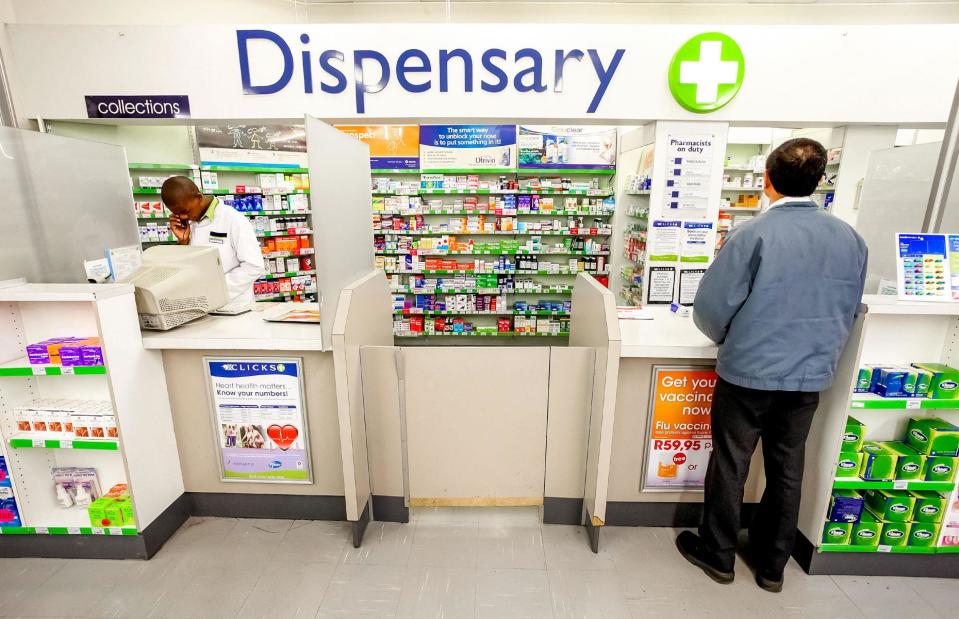
Sunshine Seeds/Alamy
According to OECD statistics, South Africa spends $1,184 (£940) per person per year year on healthcare. This represents around 9% of the country's GDP.
South Africa doesn't provide universal healthcare as such, although around 80% of the nation's citizens rely on the public healthcare system, which is underfunded and low quality.
Given that South Africa is the world's most economically unequal country, the affluent and mostly white minority tend to enjoy far superior private healthcare. In a bid to improve the situation for the nation's low-income majority, which is predominantly Black, the government plans to establish a national health insurance scheme in 2026.
Brazil: $1,573 (£1,248)
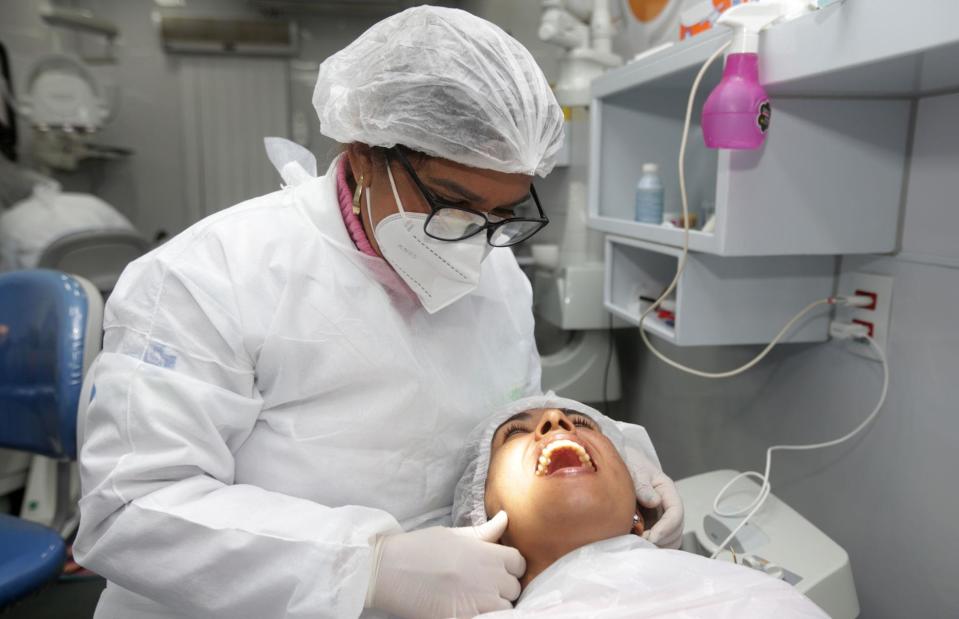
Joa Souza/Shutterstock
Brazil's healthcare spending per capita was $1,573 (£1,248) at the last count. This constitutes a generous 13% of its GDP.
Brazil boasts universal health coverage that everyone in the country is eligible for, even non-residents. But while even the poorest in society have access to healthcare, it tends to be of dubious quality in the most disadvantaged areas, particularly urban favelas (slums) and impoverished rural backwaters.
On the flip side, around 23% of the population benefits from excellent private healthcare, with Brazilian private dentistry particularly renowned.
Colombia: $1,640 (£1,301)
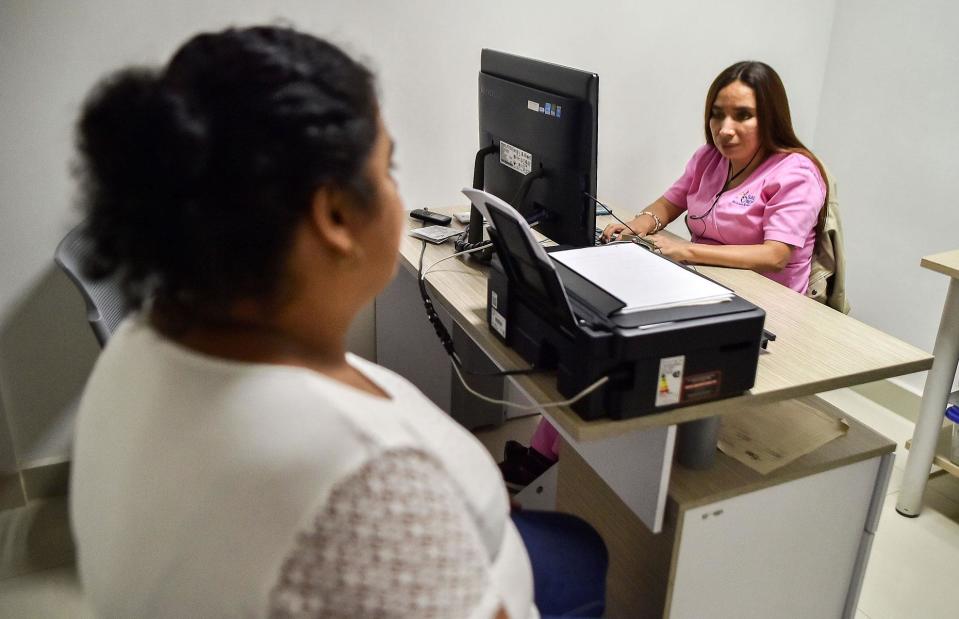
LUIS ROBAYO/AFP via Getty Images
Colombia's healthcare spend per capita is $1,640 (£1,301), which is 8.1% of its GDP.
While services in rural areas are often poor, Colombia is, on the whole, highly regarded when it comes to healthcare. The country has the most extensive health insurance system and medical financial protection in Latin America, and its health system is more efficient than that of both America and Canada.
Standards in urban areas are excellent and private healthcare is very affordable, making the nation a popular destination for health tourism.
Türkiye: $1,827 (£1,451)
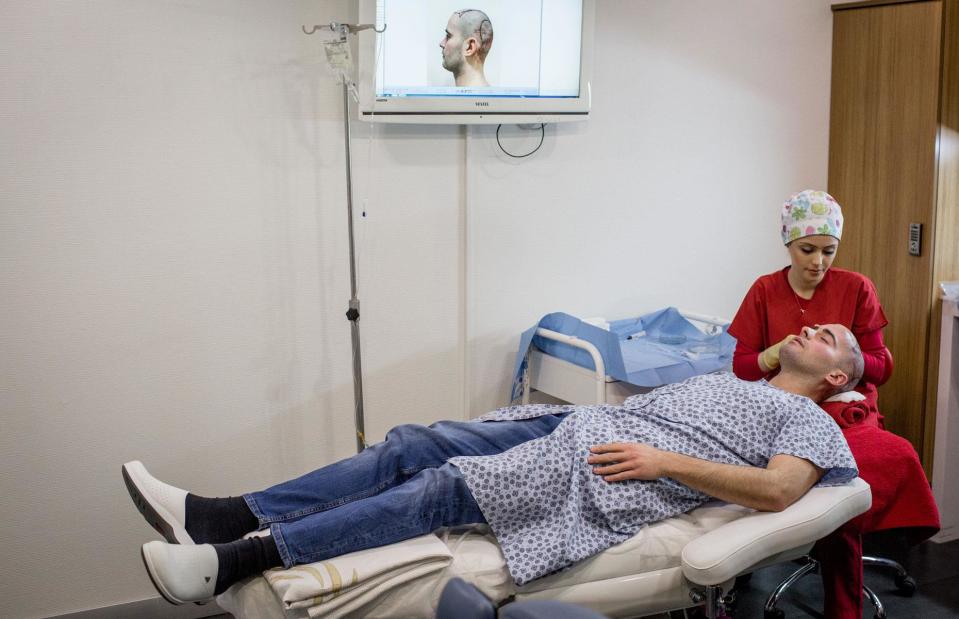
Chris McGrath/Getty Images
Türkiye's healthcare spend per capita amounted to $1,827 (£1,451) in 2022, which equates to 4.3% of its GDP. Though this figure is comparatively low, the country's healthcare is famously affordable and offers superb value for money.
Türkiye has provided universal healthcare since 2003 through its Social Security Institution (SGK), although as elsewhere, rural provision can be lacking. It has a well-developed private system, with standards in its best facilities equivalent to those in the US and other advanced economies. A prime hub for medical tourism, Türkiye attracts legions of visitors from Europe and the US.
Among the major draws are its bargain plastic surgery, hair transplants, cardiac surgery, and dentistry. In fact, the trend of travelling to Turkey for cut-price dental services has been nicknamed "Turkey teeth", with the associated hashtag racking up over 100 million views on TikTok.
According to some sources, Türkiye is now the world's number-one medical tourism destination. But standards can vary dramatically and since 2019, at least 25 British nationals have died from medical procedures undertaken in the country.
Romania: $2,385 (£1,892)
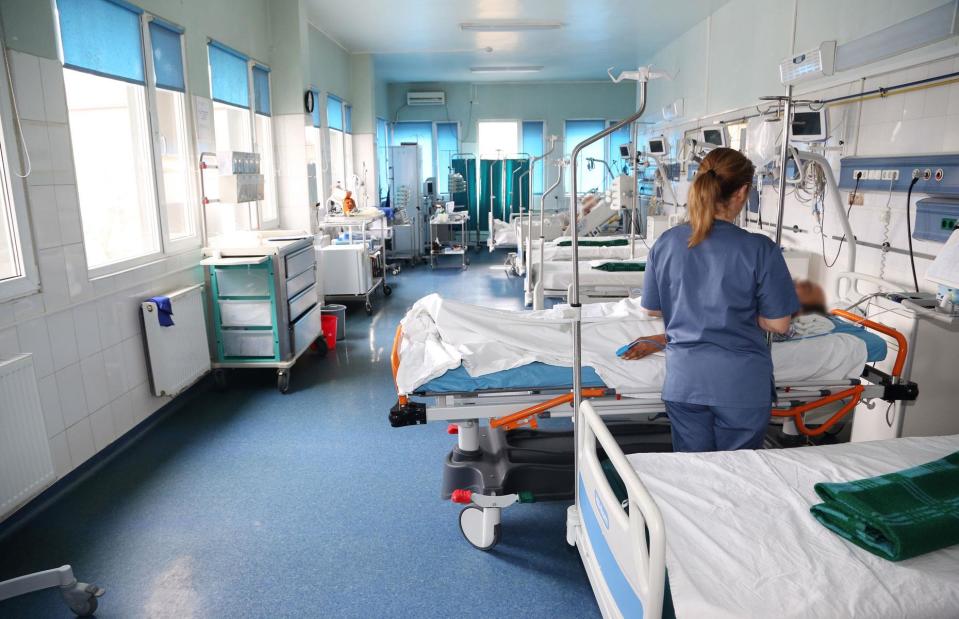
Suliman Razvan/Shutterstock
Romania's per capita healthcare spending is the lowest in the EU at just $2,385 (£1,892). Its expenditure as a percentage of GDP is on the low side too, sitting between 5% and 6%.
The country provides universal health coverage but the quality is notoriously poor. With funding limited and corruption a significant problem, the Romanian healthcare system struggles with regional disparities, inferior infrastructure, and shortages of both medical staff and equipment.
Due to poor pay and conditions, doctors have been exiting the country in droves, while patients – presumably those with more cash – frequently seek treatment abroad.
Chile: $2,699 (£2,142)
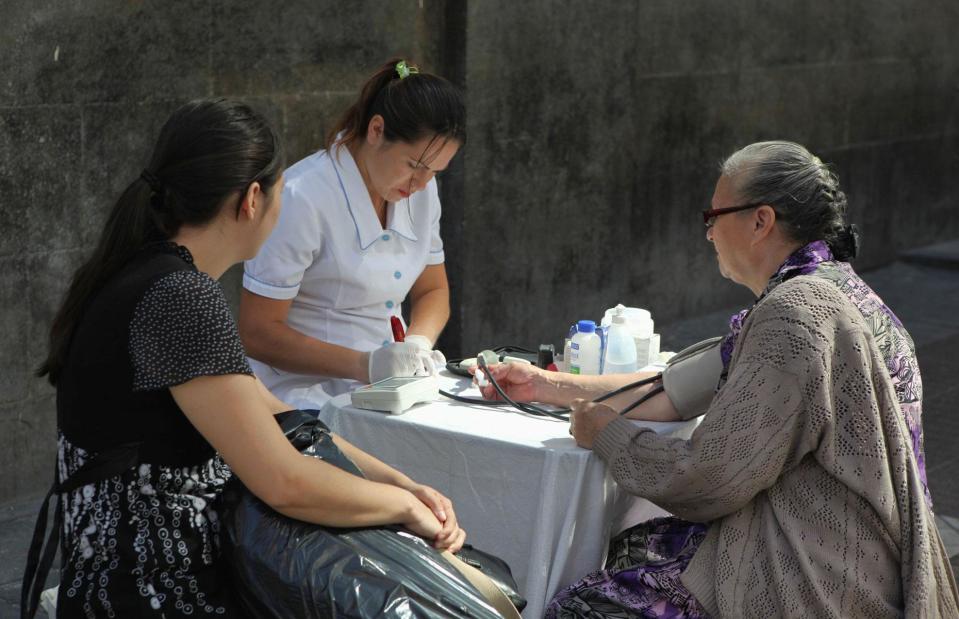
NurPhoto SRL/Alamy
Chile spent $2,699 (£2,142) per person on healthcare in 2022, working out at 9% of its GDP.
The country has a mixed public-private health system and near-universal coverage, with 94% of the population covered for at least "a core set of services" (to quote OECD).
While public hospitals are often under-equipped, medical staff are of a high calibre and outcomes are generally favourable. Standards are particularly high in private hospitals but come at a cost; unlike other Latin American countries, private healthcare tends to be expensive in Chile.
Poland: $2,973 (£2,359)
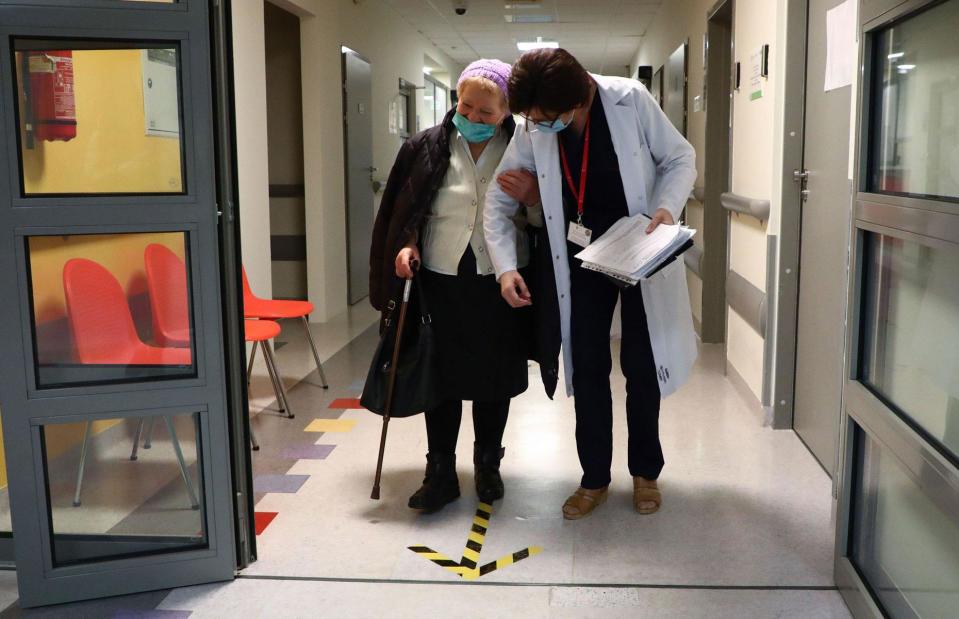
NurPhoto SRL/Alamy
Low by EU standards, Poland's healthcare spend per capita was $2,973 (£2,359) in 2022, which equates to 6.7% of its GDP.
The country provides universal coverage based on social health insurance (SHI). However, its public healthcare system doesn't have the best reputation, with underfunding a core reason. In fact, a relatively sizeable number (8%) of citizens take out voluntary private health insurance.
Italy: $4,291 (£3,905)
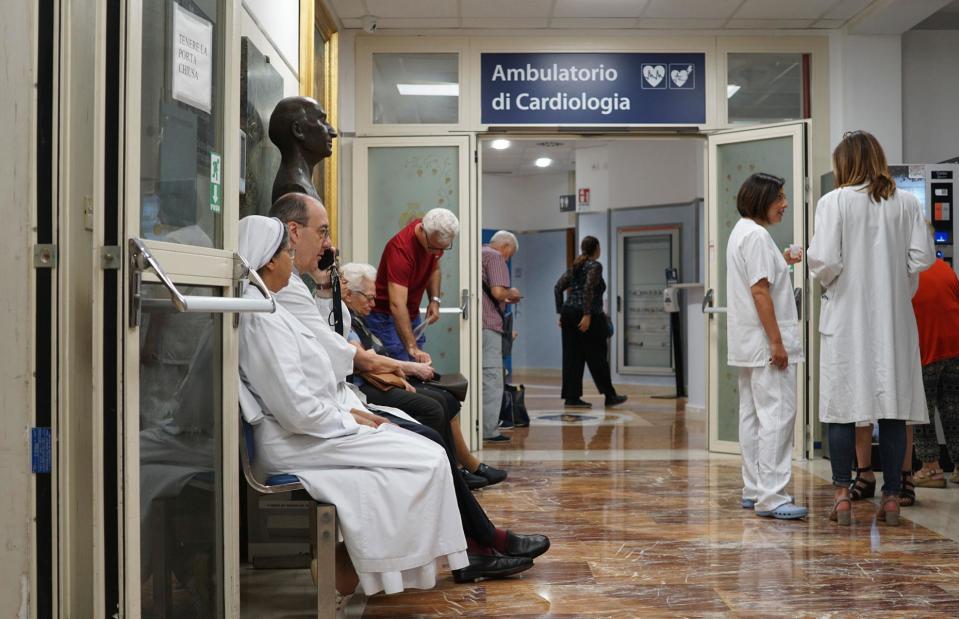
Cineberg/Shutterstock
Italy's per capita healthcare spend reached $4,291 (£3,905) in 2022, representing 9% of its GDP.
Italian citizens and legal foreign residents have enjoyed universal healthcare since 1978. Eligible patients are required to cover certain co-payments, such as specialist visits and prescriptions, but the costs are low.
Since public healthcare is generally high quality and private insurance premiums aren't tax-deductible, most citizens tend to stick with the public system. However, the private sector has been growing in recent years as the public system has found itself under increasing strain.
Spain: $4,432 (£3,521)
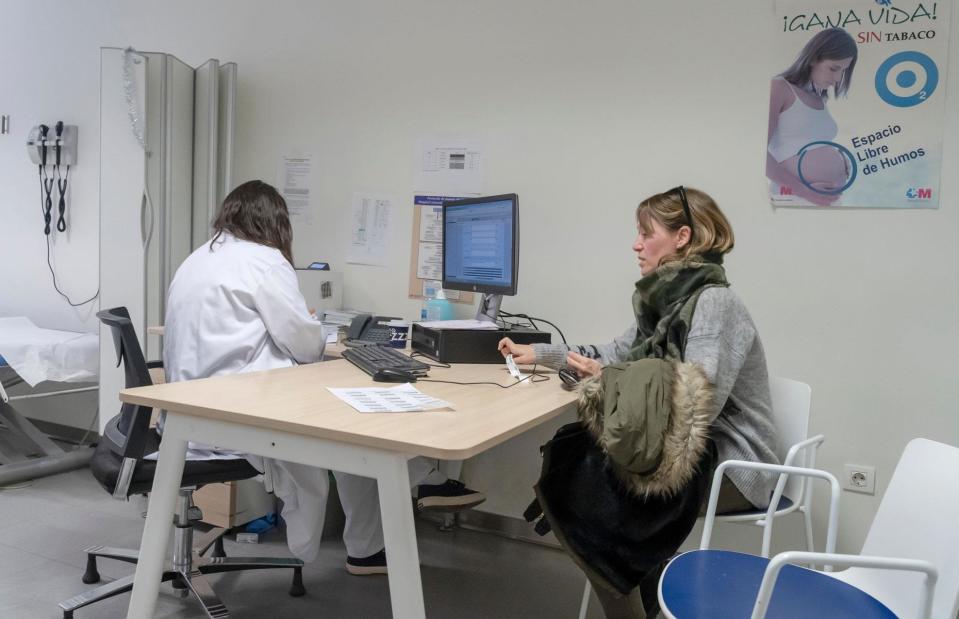
Loida Sanchez Real/Alamy
Spain's healthcare spending reached $4,432 (£3,521) per person in 2022. This amounts to 10% of the country's GDP.
The Spanish universal healthcare system, which is mainly funded by social security, is among the finest in the world. It's widely considered the most efficient in Europe and offers the best value for money on the continent.
Meanwhile, the nation's private healthcare system is well-developed, with spending in this area significantly larger than the European average.
South Korea: $4,570 (£3,627)
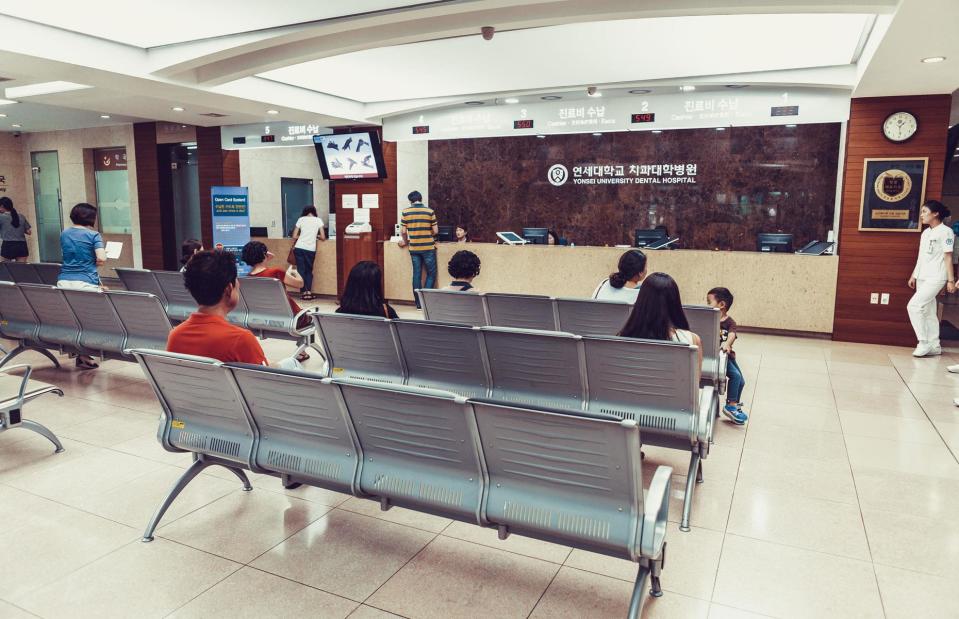
Niyazz/Alamy
South Korea spent $4,570 (£3,627) per capita on healthcare in 2022, which is around 9.7% of its GDP.
The state provides high-quality universal healthcare funded through employment and tobacco taxes, government subsidies, and outside contributions. Among OECD nations, South Korea has the highest number of hospital beds (12.8) per 1,000 people, though the comparative number of doctors (2.6) is still low.
Another drawback is the many out-of-pocket expenses, with the country home to the highest percentage among OECD countries. Due to the prevalence of co-pays, South Koreans tend to have to take out private insurance to cover extra costs, which can prove substantial should they fall seriously ill.
Still, South Korea's health system is ranked the third-best in the world by the Legatum Institute, a London-based think tank.
Japan: $5,251 (£4,167)
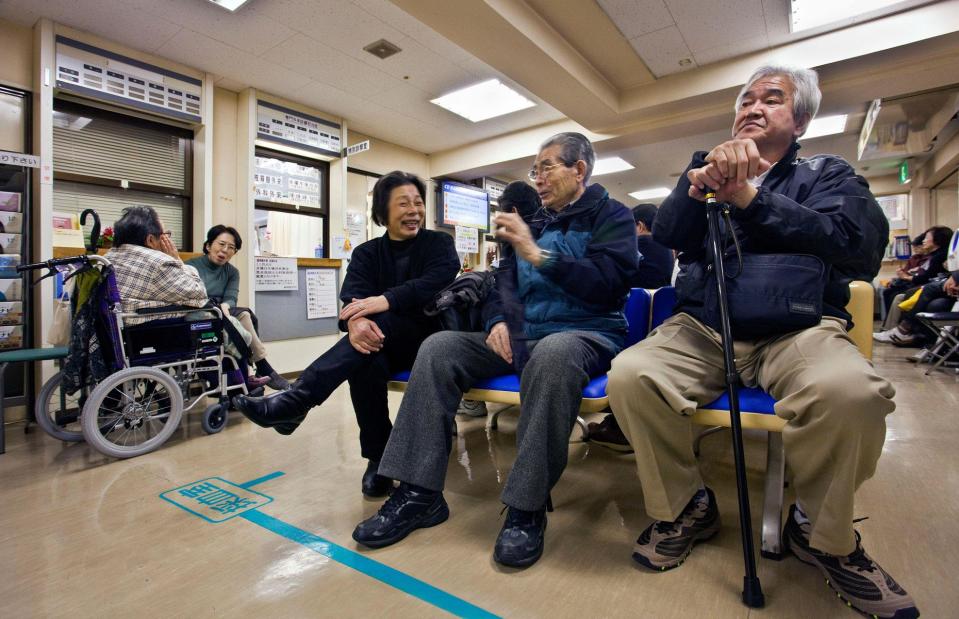
Gary Conner/Alamy
Japan's healthcare spending per capita amounted to $5,251 (£4,167) in 2022, which corresponds to 11.5% of its GDP. This is well above both the global and OECD averages.
Japan provides universal healthcare through statutory health insurance, funded mainly by taxes and individual contributions, though Expatica reports that around 70% of citizens take out private health insurance plans.
Japan has both the world's oldest population and longest life expectancy, thanks in part to its exemplary healthcare system, which puts a lot of focus on preventative care. According to the Legatum Institute, Japan's healthcare system is the second-best in the world after Singapore's.
UK: $5,493 (£4,359)
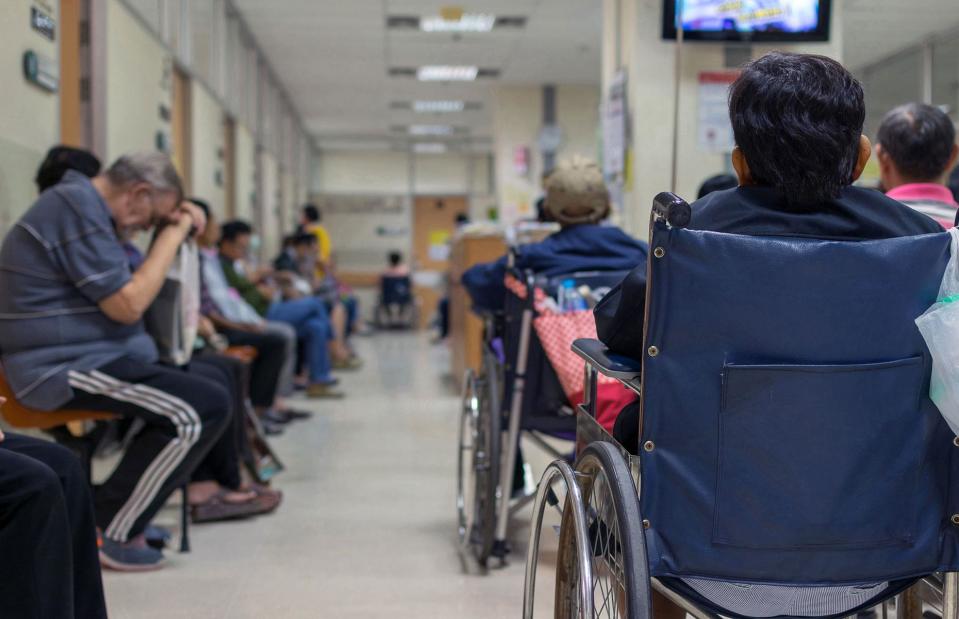
PongMoji/Shutterstock
The United Kingdom spent $5,493 (£4,359) per person on healthcare in 2022. This represents 11.3% of the nation's GDP.
The UK's National Health Service (NHS) is funded by taxes and national insurance contributions. Established in 1948, the NHS was the first health system in the Western world to offer free-at-the-point-of-use medical care to the entire population.
While the service has been hailed for its efficiency and value for money, years of inadequate funding under successive Conservative governments have led to fewer resources and shortages of medical staff. Waiting lists for elective procedures have ballooned and NHS dentistry has been hit particularly hard. Consequently, a record number of patients in Britain are now paying for private healthcare.
Finland: $5,599 (£4,440)
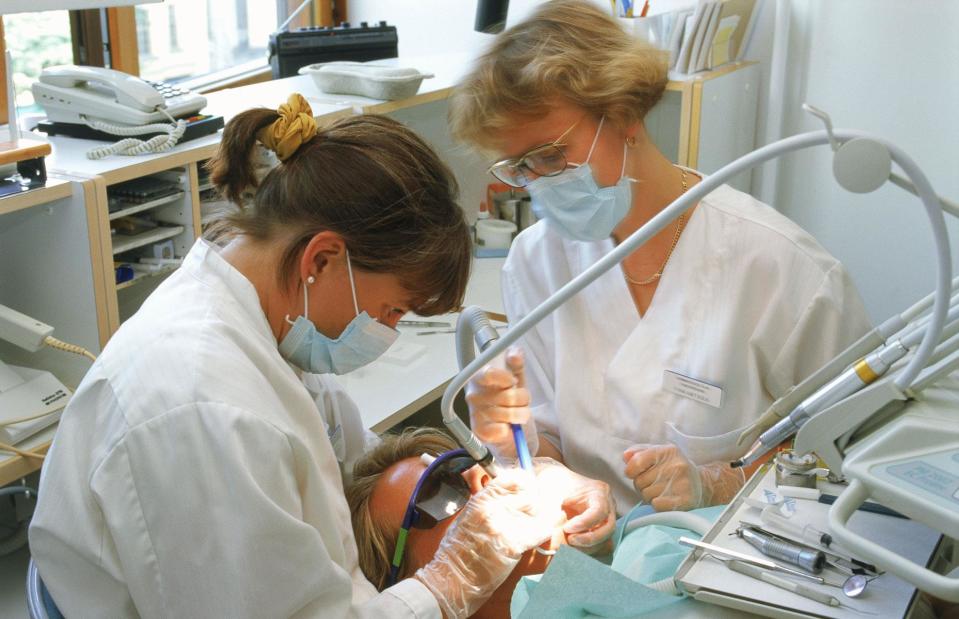
Chad Ehlers/Alamy
Finland's healthcare spending per capita hit $5,599 (£4,440) in 2022, which is about 10% of its GDP.
The country provides universal healthcare that is financed by taxation and social security payments. The public health system offers high-quality care, although much like the UK, waiting times for elective procedures can be long.
Nevertheless, the private healthcare system in Finland is comparatively small thanks to the excellence of the public system.
Ireland: $6,047 (£4,799)

PA Images/Alamy
Ireland spent $6,047 (£4,799) per person on healthcare in 2022. This represents a relatively low 6% of its GDP, though it's worth noting that Ireland's GDP figures are skewed by multinational firms reporting their incomes in the country. As a result, the modest percentage doesn't strictly mean that the nation is stingy when it comes to health spending.
Ireland's public healthcare system is first-rate but only partly universal, with much of the population paying extensive out-of-pocket costs. This means private medical insurance uptake is widespread, with 40% of Irish residents holding private plans, which International Citizens Insurance notes is the highest rate in Europe.
New Zealand: $6,061 (£4,829)
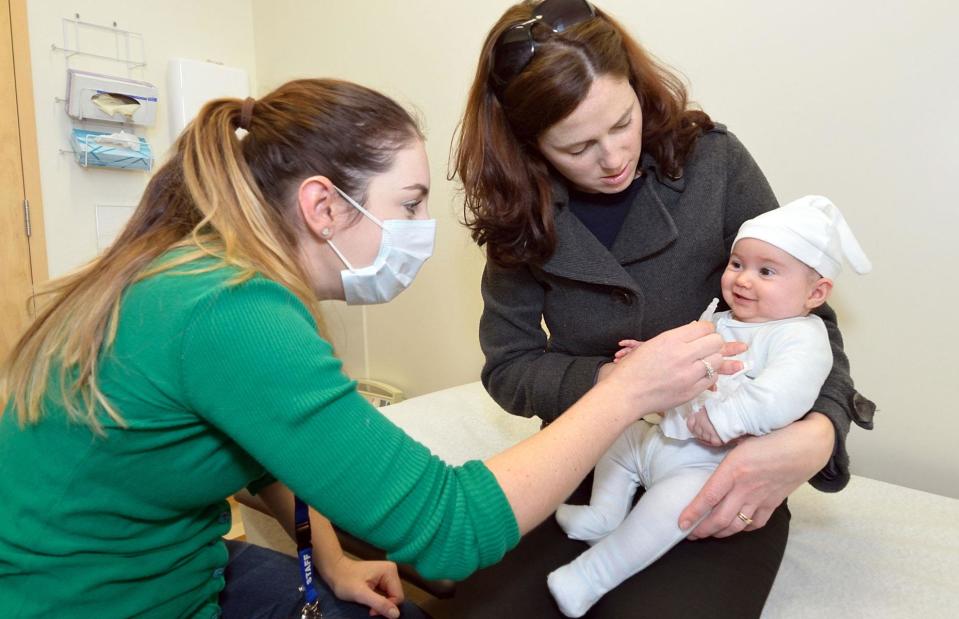
ChameleonsEye/Shutterstock
New Zealand's healthcare spending per capita worked out at $6,601 (£4,829) in 2022, which is 11% of its GDP.
Since 1938, New Zealand has offered high-quality public healthcare that's paid for by taxation. However, patients are required to foot the bill themselves for certain things, such as seeing a general practitioner.
Due to this and a number of other factors (including long waiting lists), an estimated one-third of New Zealanders hold private health insurance; these plans have become increasingly popular, particularly among young people.
Denmark: $6,280 (£4,984)
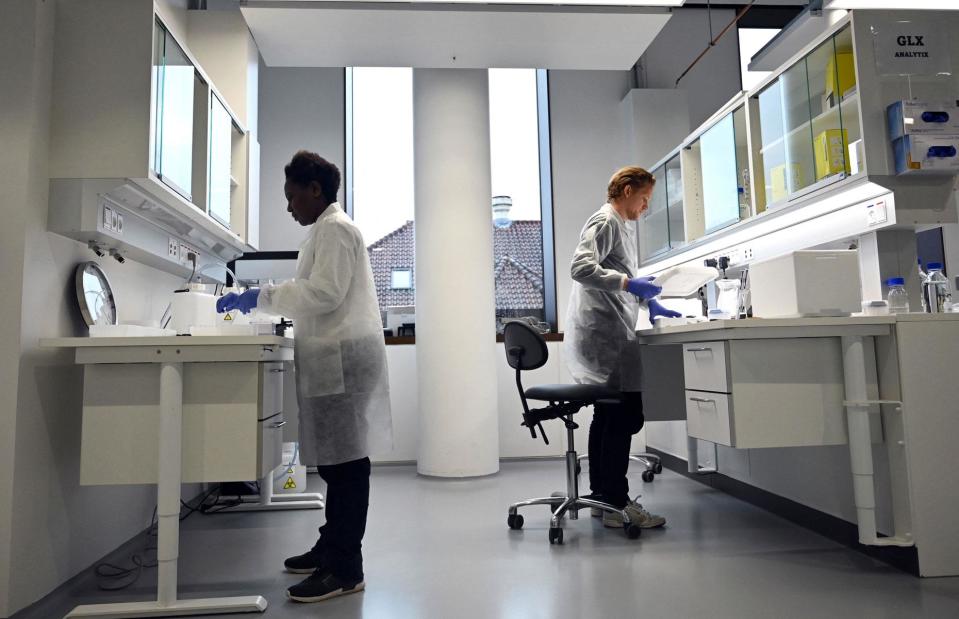
SERGEI GAPON/AFP via Getty Images
Denmark spent $6,280 (£4,984) per person on healthcare in 2022. That equates to 9.5% of its GDP.
The country offers universal healthcare and its tax-funded public health system is high-performing. At 3.5 days (compared to the OECD average of 6.6 days), Denmark has the shortest length of hospital stays among EU countries, while waiting lists are also relatively short.
In terms of downsides, however, Danes are required to foot their own bills for services such as physiotherapy, while outcomes for breast and bowel cancer are comparatively poor. This may explain the increase in private insurance patients – the number doubled between 2010 and 2020.
Canada: $6,319 (£5,015)
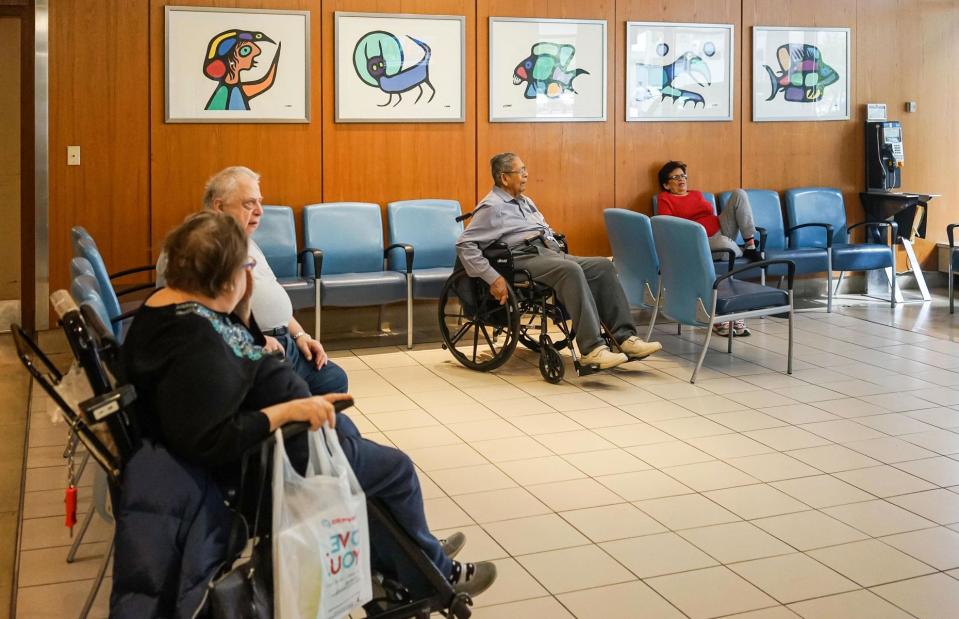
Bert Hoferichter/Alamy
Canada's healthcare spending per capita stood at $6,319 (£5,015) in 2022. This translates to 11.2% of the nation's GDP.
Unlike its southern neighbour, Canada offers universal health coverage via its top-quality Medicare system, which covers 100% of the population and is funded through taxation.
However, not all services are free at the point of use. Among the exceptions are prescription drugs, which can prove expensive – in fact, around 10% of Canadians have reported not adhering to their prescription medication due to the steep costs.
Given that the public health system doesn't cover everything, around two-thirds of Canadians choose to take out private medical insurance.
Australia: $6,372 (£5,058)

Travelling.About/Shutterstock
In 2022, Australia spent $6,372 (£5,058) per person on healthcare, which is more than its neighbour New Zealand. That said, its spend as a percentage of GDP was lower, coming in at about 9%.
While New Zealand's healthcare system is considered better for quality of care, Australia's system is still excellent. It boasts more hospital beds per capita, though as seen elsewhere, people living in isolated rural areas often struggle to access decent healthcare services.
Medicare, Australia's universal healthcare system, doesn't cover all costs, and those on higher incomes pay a 1%-1.5% surcharge if they fail to take out private medical insurance. For this reason (among others), around half of Australians hold private policies.
Sweden: $6,438 (£5,109)

Johner Images/Alamy
Sweden spent $6,438 (£5,109) per person on healthcare in 2022, which amounts to around 10.7% of its GDP.
Sweden has the world's most well-developed universal public health system, according to U.S. News & World Report. The quality of care is outstanding, as are the outcomes. Cancer survival rates are particularly impressive, although patients do have to cover some expenses themselves.
While the majority rely on the public system for all their healthcare needs, around 10% of Swedes hold private medical insurance.
France: $6,630 (£5,263)
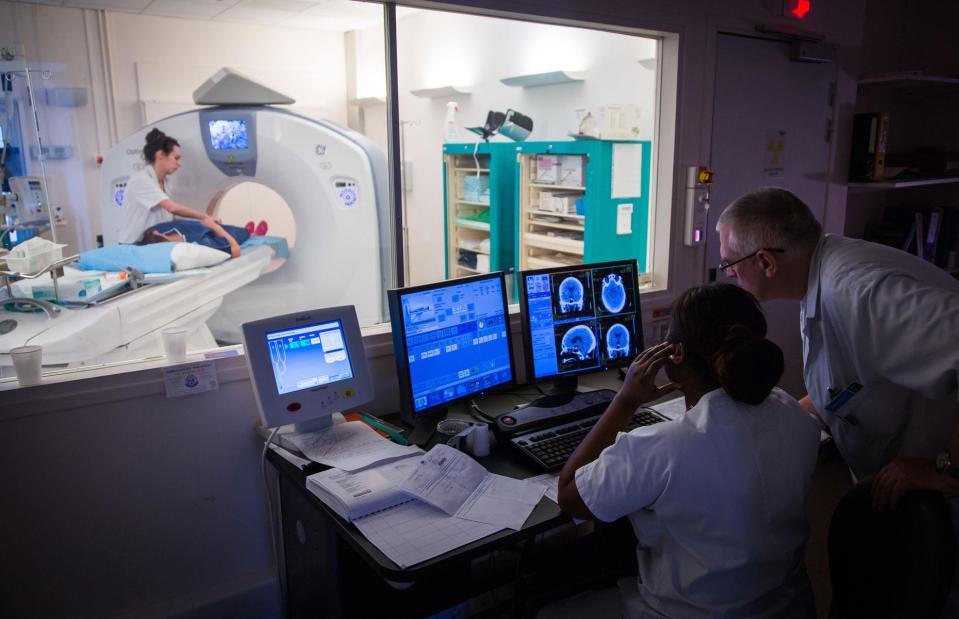
Phanie - Sipa Press/Alamy
France spent $6,630 (£5,263) per capita on healthcare in 2022, which is close to 13% of the country's GDP.
Though overall costs are high, France's healthcare system is still the best on the planet according to the World Health Organization (WHO). Both its stellar public health system, which provides universal coverage, and the nation's private system are rated highly, with France excelling in everything from doctor-to-patient ratios to waiting times.
Netherlands: $6,729 (£5,340)
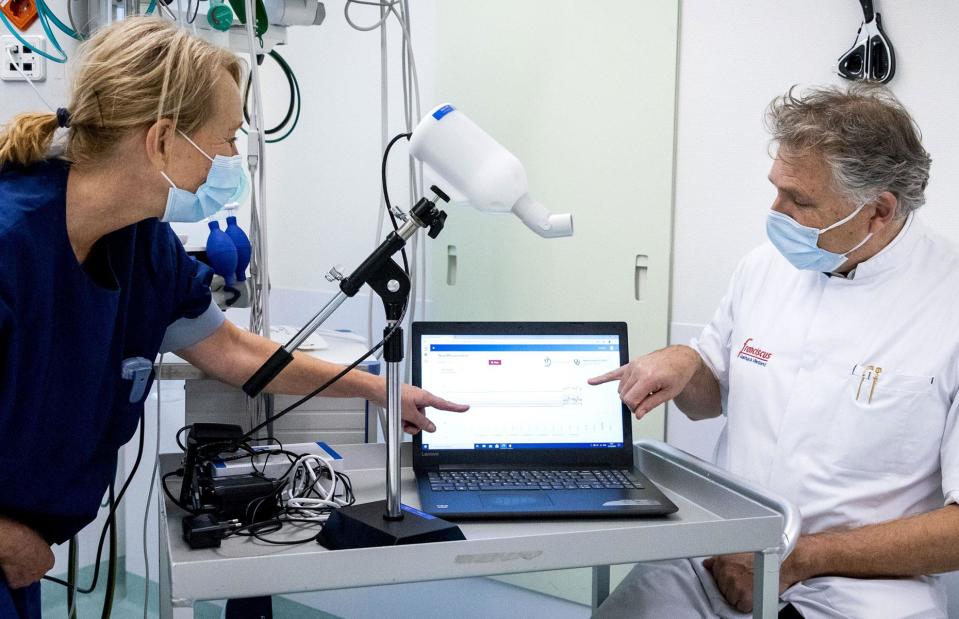
SEM VAN DER WAL/ANP/AFP via Getty Images
The Netherlands spent $6,729 (£5,340) per person on healthcare in 2022. In GDP percentage terms, this equates to just under 10%.
The Dutch healthcare system is one of the best-performing globally and standards are exceptionally high. The country provides universal coverage but relies on the private sector instead of the socialised model that's prevalent in other European nations.
Patients have to take out compulsory private medical insurance, subsidised by the state, and they can supplement it with more premium private plans.
Austria: $7,275 (£5,773)
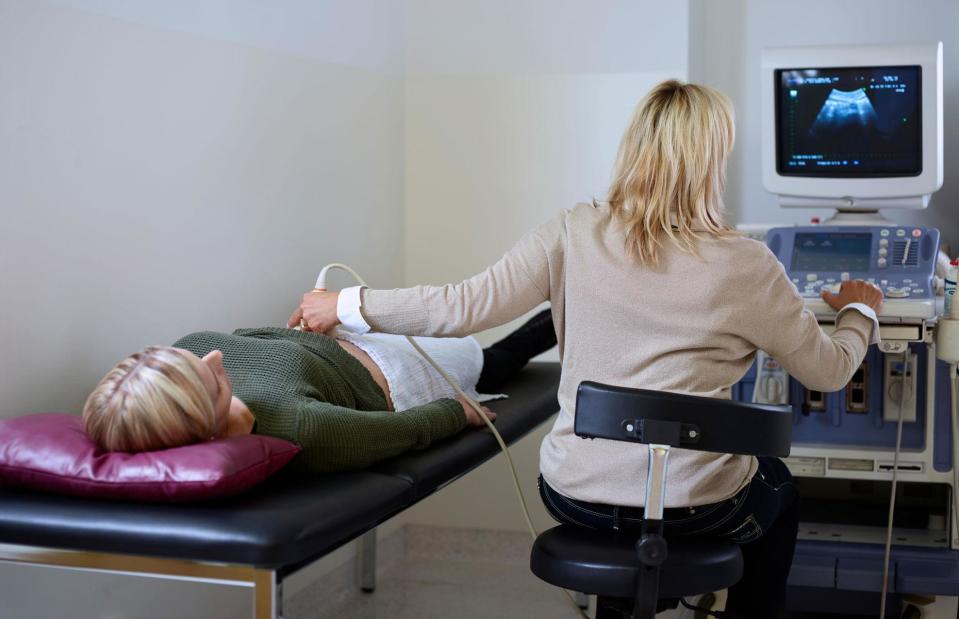
Westend61 GmbH/Alamy
Austria's healthcare spending per capita amounted to $7,275 (£5,773) in 2022. This translates to 11.4% of its GDP.
Austria has universal healthcare funded by social security contributions, with its public health system highly rated. Among the OECD nations, it has the highest number of doctors (5.3) per 1,000 people, while its number of nurses and hospital beds per 1,000 people are both comfortably higher than the OECD average.
Be that as it may, the public system isn't perfect and more than a third of Austrians carry private medical insurance.
Norway: $7,771 (£6,168)

Elmer Laahne PHOTOGRAPHY/Shutterstock
Norway's per capita spend on healthcare worked out at $7,771 (£6,168) in 2022, translating to just under 8% of its GDP.
The nation has offered universal healthcare since 1978. The public system is funded through taxation in addition to payroll contributions, and higher-income earners pay a surcharge.
The system is famed for its quality, efficiency, and emphasis on preventative healthcare. Another benefit of the overall system is the affordability of private healthcare, which is cheaper in Norway relative to any other country. Around 10% of the population holds private medical insurance.
Germany: $8,011 (£6,357)

Altrendo Images/Shuttterstock
Germany spent $8,011 (£6,357) per capita on healthcare in 2022. This corresponds to 12.7% of the nation's GDP, making it the third-highest spender among OECD countries.
Germany provides comprehensive universal health coverage, which is financed by statutory and private health insurance. Medical care is of the highest standard and there's a strong focus on patient choice, which even extends to holistic treatments, with complementary and alternative medicine commonly provided by physicians.
Switzerland: $8,049 (£6,390)
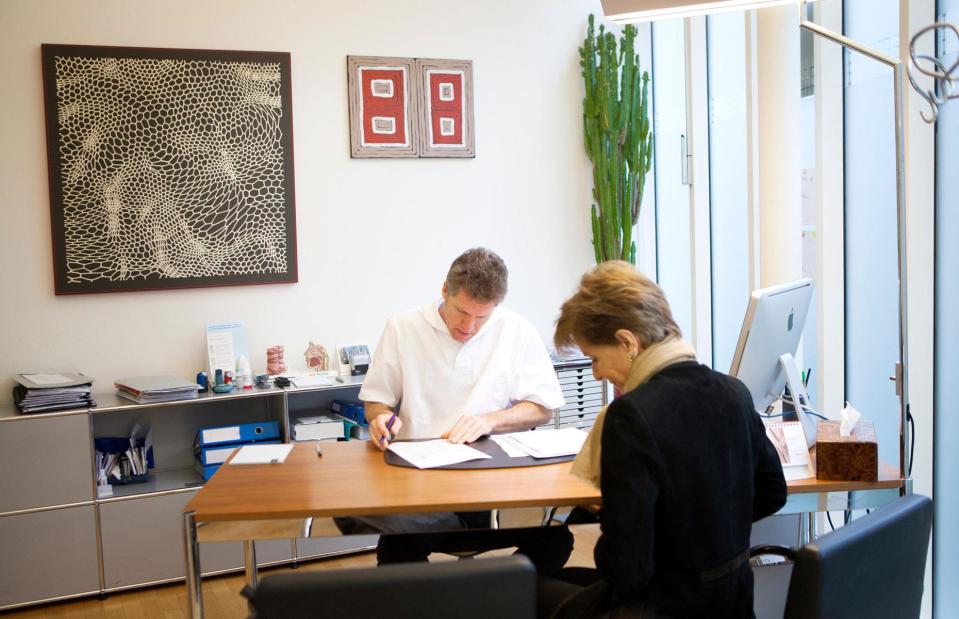
BSIP SA/Alamy
Switzerland's healthcare spend per person stood at $8,049 (£6,390) in 2022. This represents 11.3% of the affluent nation's GDP.
Switzerland spends a huge amount per capita on private healthcare. Its private medical insurance is compulsory and universal coverage is non-existent, though the state does subsidise some services.
Standards are exceedingly high, as are medical staff-to-patient ratios. Medical facilities are very well-equipped, while waiting times for procedures are usually short.
USA: $12,555 (£9,963)

DC Studio/Shutterstock
In 2022, the US spent a whopping $12,555 (£9,963) per capita on healthcare, more than any other country. Its spend as a proportion of GDP was also the largest among OECD nations, coming in at 16.6%.
Though seniors, people with disabilities, and low-income citizens are covered to an extent by Medicare and Medicaid, the US lacks universal healthcare, and the bulk of the population depends on expensive private medical insurance. Despite that, America still spends the most globally on public healthcare, which stood at $10,644 (£8,447) out of the $12,555 (£9,963) per capita total in 2022.
The US has the lowest life expectancy among high-income countries, as well as the highest rate of people with multiple chronic diseases.
Excellent healthcare standards and world-class hospitals abound – but only those who can afford their astronomical prices can benefit from them, and the value for money is poor when compared to other countries.
Now discover the countries where people are predicted to live the longest by 2050

 Yahoo Finance
Yahoo Finance 